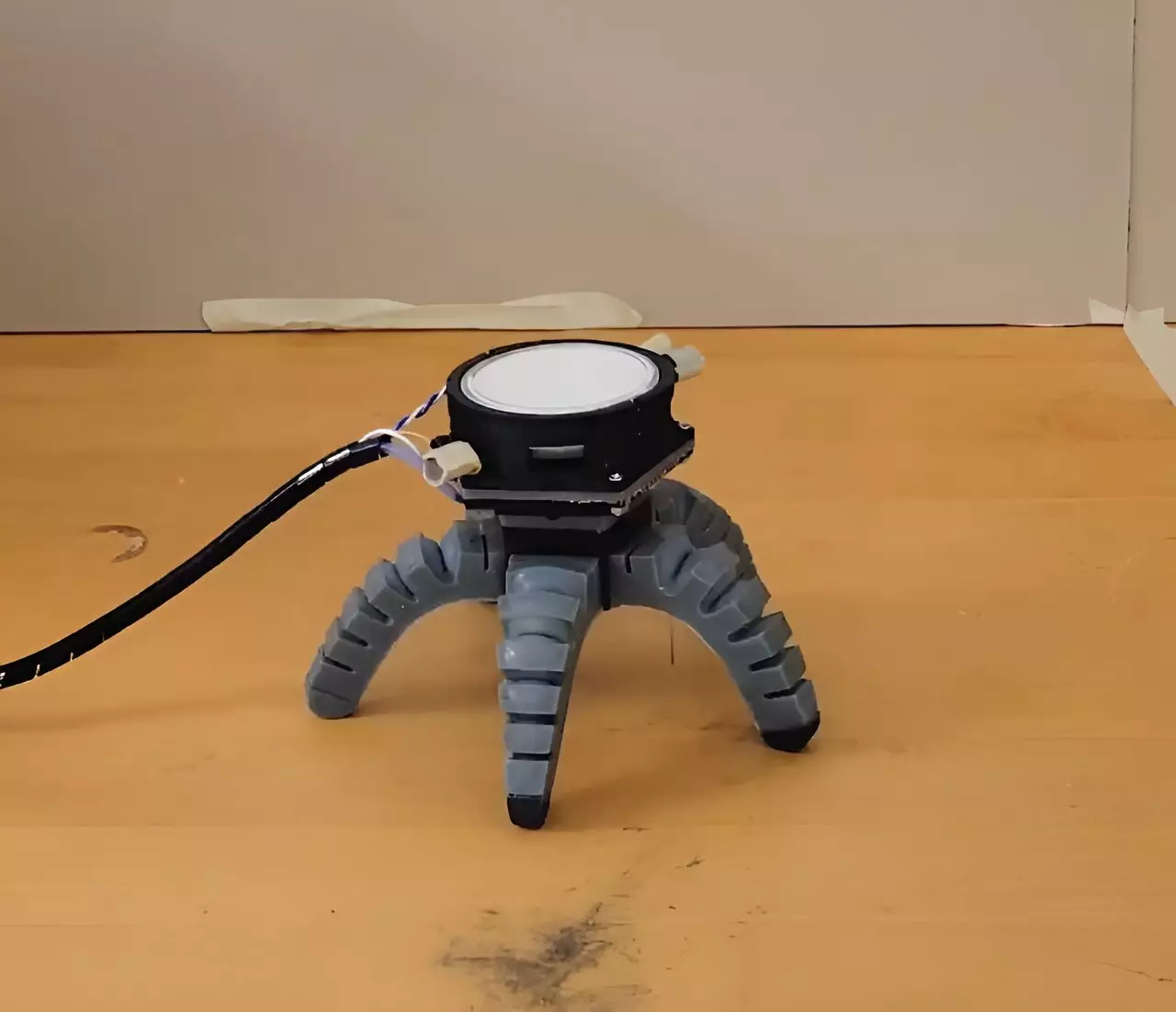In the realm of engineering, innovation often springs from the most unexpected sources. Cornell University researchers have made strides in robotics by incorporating an organic component—fungal mycelia—into their designs. This unusual alliance presents new opportunities for developing biohybrid robots that can adapt more dynamically to their environments compared to their purely synthetic counterparts. With their groundbreaking study published in *Science Robotics*, these researchers have not only opened the door for novel technologies but also challenged pre-existing notions of what robotics could entail.
Mycelia, the filamentous networks of fungi found underground, exhibit remarkable capabilities such as resilience and chemical sensitivity. These properties lend themselves well to robotic applications, as the researchers from Cornell have discovered. The crux of their research revolves around the electrical signals transmitted by mycelial networks. By bridging the gap between biological systems and technology, the researchers create robots that not only perform tasks but also ‘sense’ their environments.
Anand Mishra, a research associate and the paper’s lead author, articulates that incorporating mycelia into robotics allows for a level of environmental interaction that synthetic systems cannot achieve. Unlike passive sensors that serve a singular function, mycelia can respond to multiple stimuli, making them versatile candidates for enhancing robot functionalities. This adaptability is particularly crucial for deploying robots in unpredictable environments where they must respond to various signals, be it light or chemical changes.
Developing these biohybrid robots demands a confluence of knowledge from diverse fields—mechanical engineering, neurobiology, electronics, and even mycology. The complexity of integrating living organisms into robotic frameworks means researchers must navigate various challenges, including keeping mycelia healthy and functional. Mishra’s collaboration with experts from different disciplines exemplifies this multidisciplinary approach.
Bruce Johnson, a senior research associate in neurobiology, guided Mishra in understanding how to capture and interpret the electrical signals emitted by mycelia. Meanwhile, Kathie Hodge from the College of Agriculture and Life Sciences provided insights on cultivating uncontaminated mycelia cultures—a critical aspect given that contamination poses a serious threat when working with biological materials. This collaborative effort underscores the fact that the future of robotics—especially with biohybrid systems—will increasingly rely on teamwork across various scientific domains.
Two distinct biohybrid robots—one designed like a spider and another as a wheeled bot—were subjected to experiments to evaluate their responsiveness to mycelial signals. Initial tests showcased the robots’ ability to navigate through their environments based on continuous electrical impulses generated by the mycelia’s activity. Researchers then introduced ultraviolet light to further provoke responses, observing dynamic changes in their movements. Excitingly, even a complete override of the mycelium’s native signaling was achieved, demonstrating the additional layer of control researchers could exert over these machines.
These experiments illustrate that the mycelia are not merely passive components; they actively contribute to the robots’ operational modes. This interaction fosters a more profound insight into biological responses, potentially translating into applications beyond traditional robotics.
While the findings from the Cornell study primarily focus on robotics, they possess broader implications that elevate our understanding of living systems. As Mishra emphasizes, this research is more than an exercise in controlling machinery; it facilitates a deeper connection with organic ecosystems. The sensors and responses from mycelia can offer vital information regarding environmental stresses and conditions, potentially setting the stage for real-time monitoring in agriculture and ecological studies.
Imagine robots capable of analyzing soil chemistry or detecting changes in biodiversity, reporting feedback that can guide better resource management. By implementing biohybrid designs, we stand to collaborate more harmoniously with nature, ensuring technology serves as a complement to our understanding of complex ecosystems.
The exploration of integrating mycelia into robotics is emblematic of the innovation that arises when disciplines converge. By leveraging the unique characteristics of living systems, researchers have opened the door to a future where machines can communicate with their environments more intuitively. This exciting nexus of biology and technology not only challenges the status quo in robotic design but also prompts us to rethink the relationship between the synthetic and organic worlds. Thus, as we advance towards a future where robotics coexist with living organisms, we are reminded of the potential for new discoveries that this partnership can foster.

